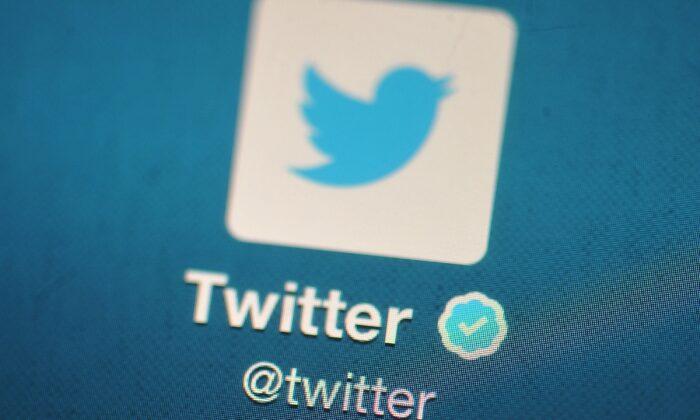Twitter is set to begin “winding down” its legacy blue checkmarks for all users on the platform starting April 1.
Since then, Twitter users who have accounts with the legacy blue tick have seen a pop-up message stating, “This account is a legacy verified account. It may or may not be notable,” when they click on the checkmark.
Prior to Musk acquiring Twitter in October for $44 billion, Twitter had handed out blue checkmarks or verification badges for free to verified user accounts such as those belonging to celebrities, politicians, government officials, journalists, or other accounts of public interest.
The account also had to be active with a “record of adherence to the Twitter Rules,” and should not have had any 12-hour or 7-day bans for violating the Twitter Rules within the past 12 months before applying. That excluded successful appeals against the lockouts.
Blue Subscription Service Now Global
Many users had complained that the process was often difficult and convoluted.Under that plan, users also get early access to select features, like editing tweets and undoing them after publishing. Unlike the previous Twitter rules, user accounts do not have to be notable, although accounts made less than 30 days ago will not be eligible for the paid plan.
Additional gold and grey checkmarks are also available to verify businesses and government or multilateral organizations or government or multilateral officials, respectively.
According to software firm Sprinklr, which partnered with the platform to conduct the assessment via an “AI-based Toxicity Model,” hate tweets received three times fewer views, or impressions compared to non-toxic tweets between January and February 2023.
“Sprinklr’s analysis found that hate speech receives 67 percent fewer impressions per Tweet than non-toxic slur Tweets,” the firm wrote, adding that “the reach of toxic content is actually lower than Twitter’s own first-party estimates.”





